Edition - March, 2012
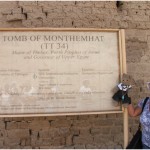
Lecture Overview: ‘Massive, Complex, Beautiful, Hidden’ by Chris Naunton
With fellow member of Sussex Egyptology Society, Amena, we made it to Chris Naunton’s talk to the Sussex Archaeology Society at the University of Sussex in Brighton on 15th March 2012 . Once inside the venue, we found a superb lecture theatre with a welcoming and enthusiastic audience. Chris called his illustrated talk Massive, Complex, Beautiful, Hidden. His title described TT37, the Tomb of Harwa at South Asasif, Western Thebes where Chris has been involved over 4 seasons. [more…]
Looking for a hieroglyph teacher, south coast, England
We are looking for someone to teach a small group of people on the south coast, working through Collier & Manley. Geographically between Worthing and Portsmouth! Can anyone help? Regards, Pat Kennedy [more…]
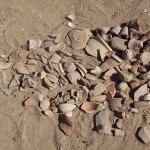
Documentary Overview: The Vanished Capital of the Pharaoh
By Andrea Byrnes, published on In Brief, Egyptological, 18th March 2012 The Vanished Capital of the Pharaoh (In the series ‘Lost Cities of the Ancients’) BBC4, March 15th 2012. 2000-2100. Narrator, Mark Halliley, Series Producer, Dan Clifton Writer, Mark Everest Featuring Manfred Bietak, Edgar Pusch, Aidan Dodson Introduction Figure 1. Map of the […] [more…]
Edition - February, 2012
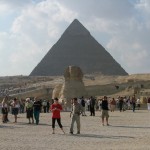
Gantenbrink’s Door – Part II, the Second Robot Mission
The first part of this series tells how, in the early 1990s, modern science revealed the existence of something at the far end of the small shaft heading upwards and outwards from the north and south walls for the Queen’s Chamber in the Great Pyramid. These shafts had attracted little attention since the 19th century. Gantenbrink’s discovery, and explosive pictures, of a door at the end of the southern shaft changed the game. [more…]
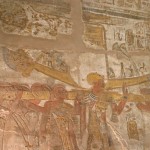
Consulting the Oracle
The word oracle derives from the Latin verb orare, to speak. Oracles were common to a number of cultures and are particularly associated with Classical Greece, where oracles were usually living individuals, male or female. In Egypt the oracle was a statue, usually hidden in the centre of the god’s temple, but taken out into the streets on procession during festivals for the public to consult. In either form the purpose of an oracle was to channel the messages of god, giving answers to specific questions. [more…]
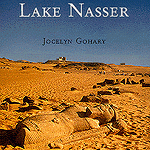
Book Review: Guide to the Nubian Monuments on Lake Nasser
This travel guide covers the monuments salvaged during the building of the Aswan High Dam, which were relocated to new higher land to escape the rising waters of Lake Nasser. The most substantial and impressive of these is Abu Simbel, but other sites, like Wadi al-Sebua, the sites at New Kalabsha and the tomb of Pennut are also important and very beautiful. [more…]

Review: HieroPocket 1.0 (iPhone app)
I have been using the iPhone app “HieroPocket” for a few months now, and I thought that for those of you who already own an iPhone or are thinking of buying one it might be useful to summarize its key features. The application is easy to navigate, featuring two main sections – the Dictionary and the Sign List, both available from nice big buttons on the home screen, which has a papyrus-themed background [more…]
Information on Sarwat Okasha
I am searching for biographical information on Sarwat Okasha who was Eqypt’s Minister of Culture during the 1960’s, as well as a Vice President. He was also active in Unesco during the same time period. Can someone provide some information or sources regarding Sarwat Okasha’s life and accomplishments? Many thanks Sally Cromier [more…]
Ethnic origin of Ramesses I?
A question from Derek Martin. Is there any evidence that Ramesses I could have could have had a degree of Hyksos ancestry? Ramesses I was born in Avaris, the old Hyksos capital, his father’s name was Seti (the Hyksos chose the Egyptian God Set, because he was closest to their own God Ba’al) and he […] [more…]
Question about healthcare facilities
We’ve had a query from andrea@hydeinc, who works in healthcare facility design and would like to know if any healtchare facilities have been identified from Ancient Egypt and how they wre laid out. She is particularly interested in floor plans and what sort of access to daylight and water were provided, with a view to […] [more…]
 By
By